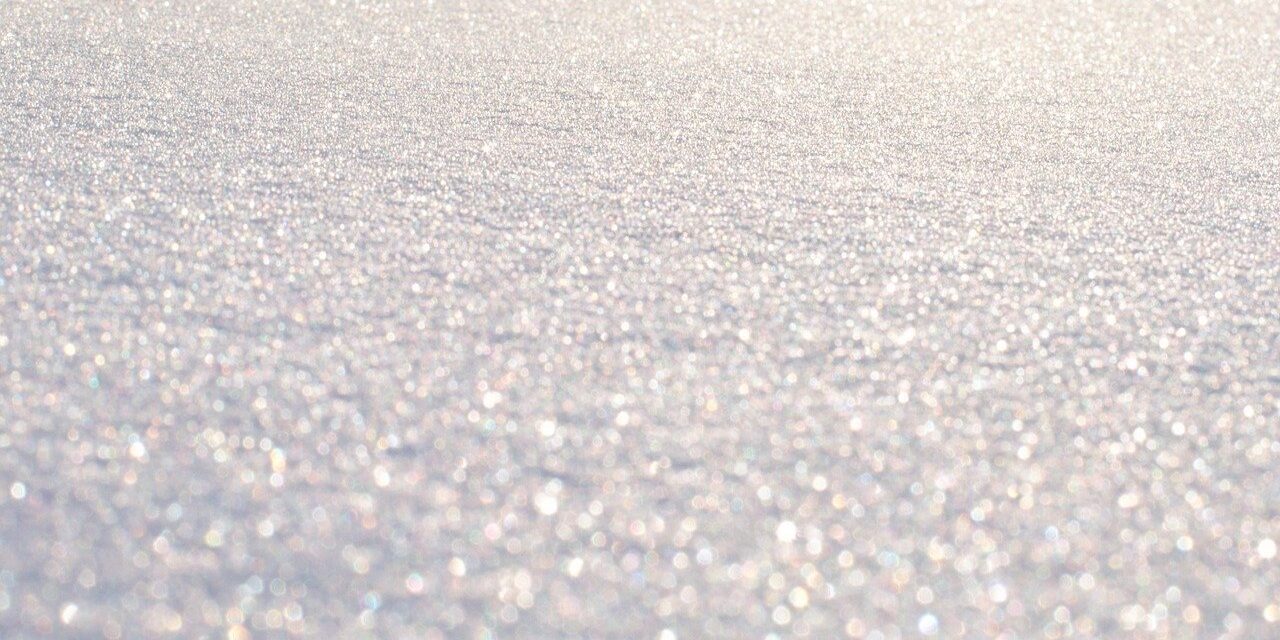By Barry Siragusa
There are few things in a musher’s armory of gear that are more useful than Snow Hooks. I think most everyone has told or heard of an epic adventure that began with, Well, the snow hook came out and the dogs tore off without me. Therefore, I have taken it upon myself to give a quick overview on proper snow hook usage and etiquette.
There are three basic varieties of snow hooks that most mushers are familiar with: A regular steel hook, a snow hook with a snow plate, and a snow hook with flared talons. Different snow conditions will determine what snow hook is best.
When I am running in well packed powdery snow I use a snow hook with a snow plate. A snow plate is a plate of metal that runs downward between the two hooks and acts like the spoons at the end of an anchor; it will set deeper and more firmly in loose packed snow than a regular steel hook. Unfortunately, the plates keep them from fitting well in standard snow hook holsters, and in deep powdery snow I have found that the plate will actually keep the hook from setting well.
In deep powdery snow I use a snow hook that has flares at the end of the hooks. This will set deeply in soft snow because it does not have a snow plate and the flares give it more surface area in the snow. The flares also make it less likely that the hook will skewer you if and when the dogs yank the hook out of the snow (thereby saving you from the embarrassing prospect of spending the remainder of the run dragging by your buttocks. Something I became quite skilled at!
In very hard packed snow or ice, a simple steel hook will work fine. Although, realistically, a snow hook with a snow plate will work just as well. Snow hooks with flared hooks are hard to kick into hard packed trail so unless you like stomping up and down like a crazy person for your dog’s amusement, you may find it easier to leave the flared hook at home.
I never leave the truck without a snow hook on my sled, (well, never intentionally anyway). One thing to keep in mind is that even the best snow hook will not do much if you have a single snow hook and you are running eight or more dogs. I am happy to say that it only took me four years, several lost teams, and a snow hook through my boot between my toes, before I realized that I needed to start carrying a backup hook.
Regardless of what precautions we take, the dogs are still going to go to great pains to make us look silly. But, with the right snow hook used in the right way, it is less likely that you will look silly all by yourself while your team gleefully tears down the trail without you.





